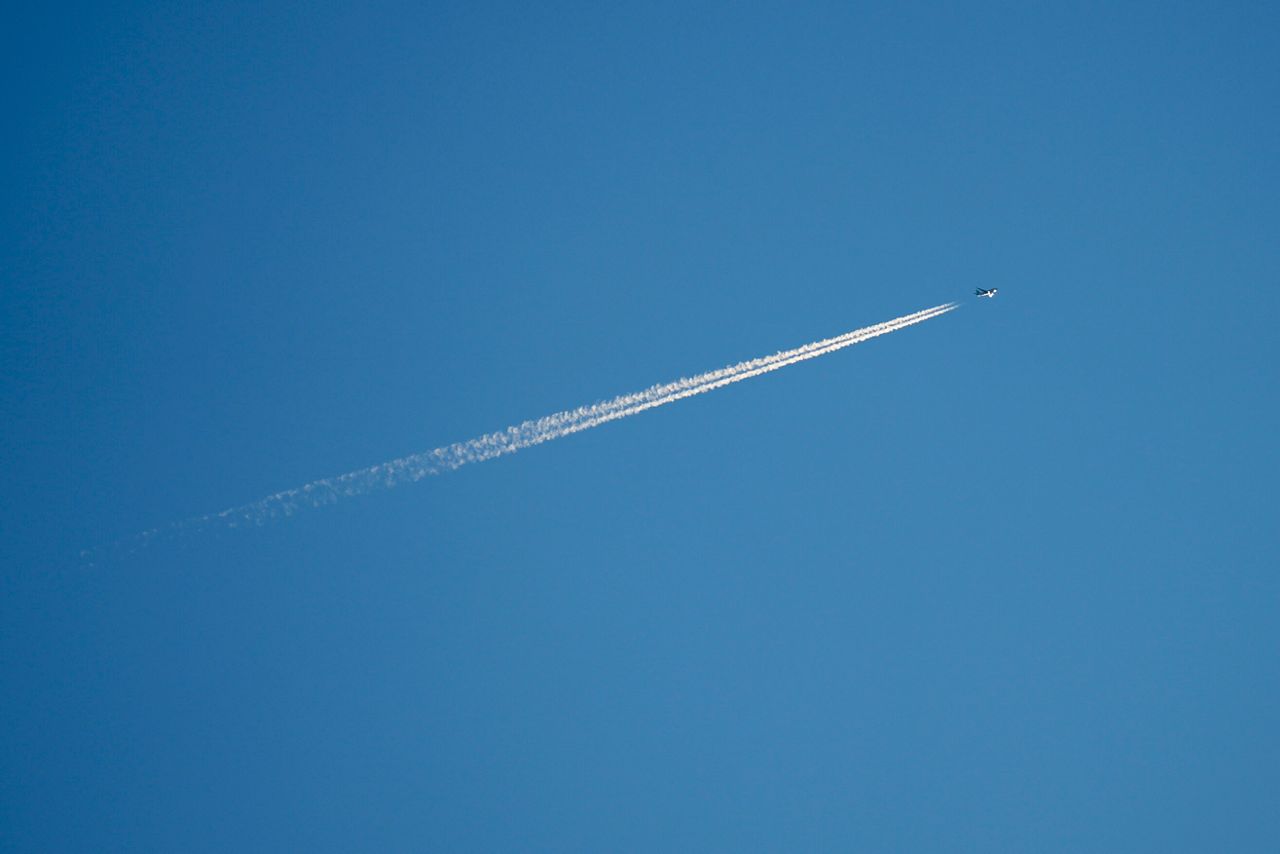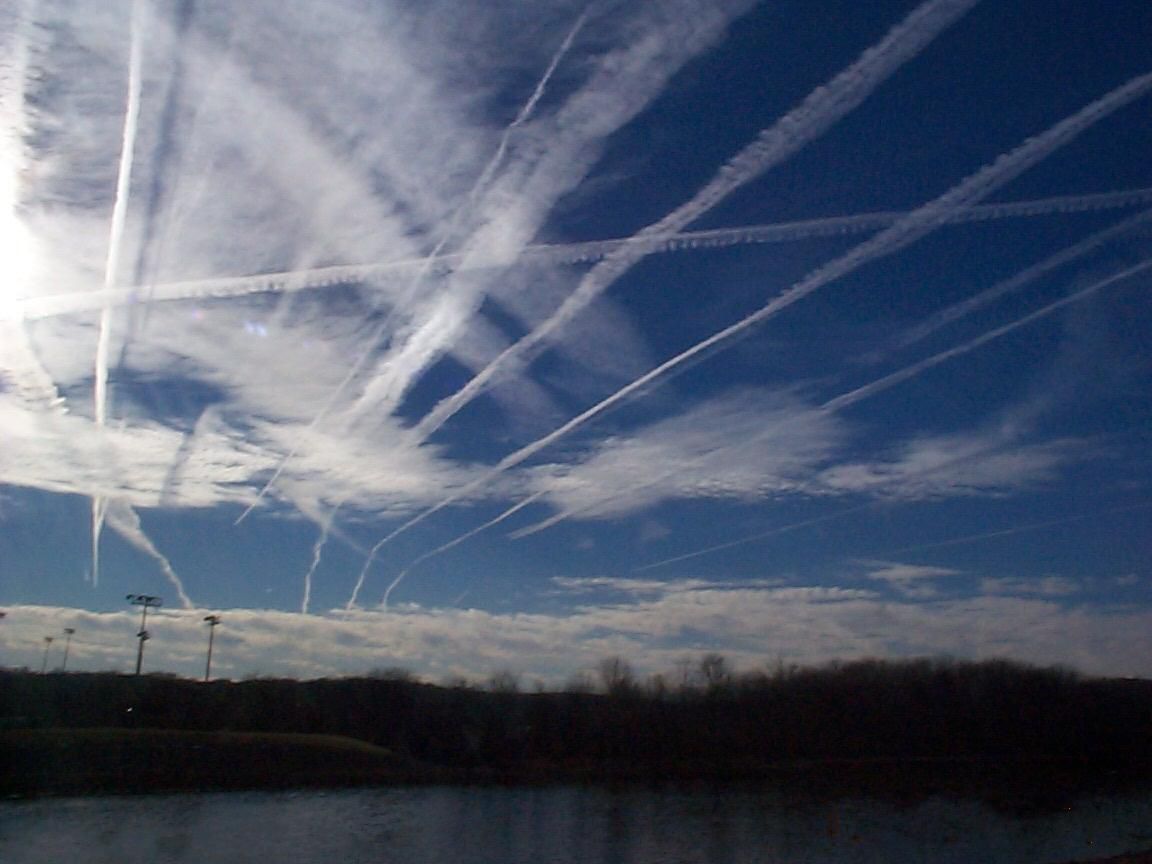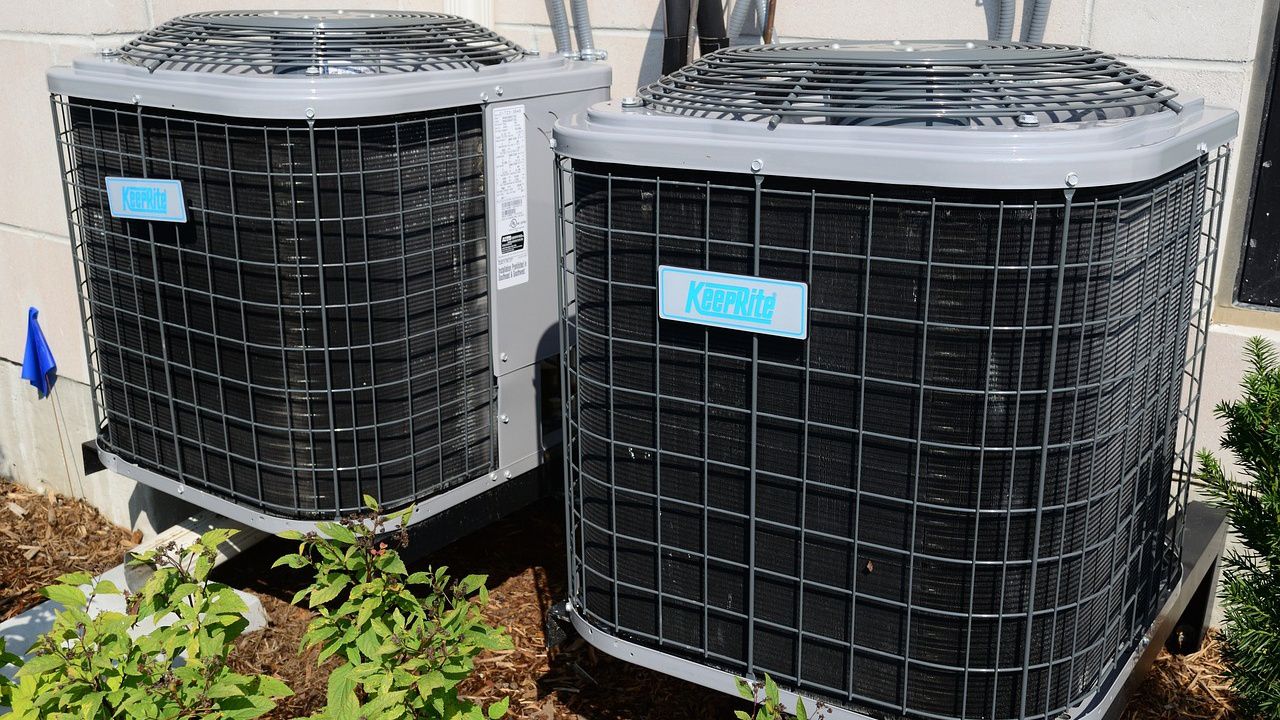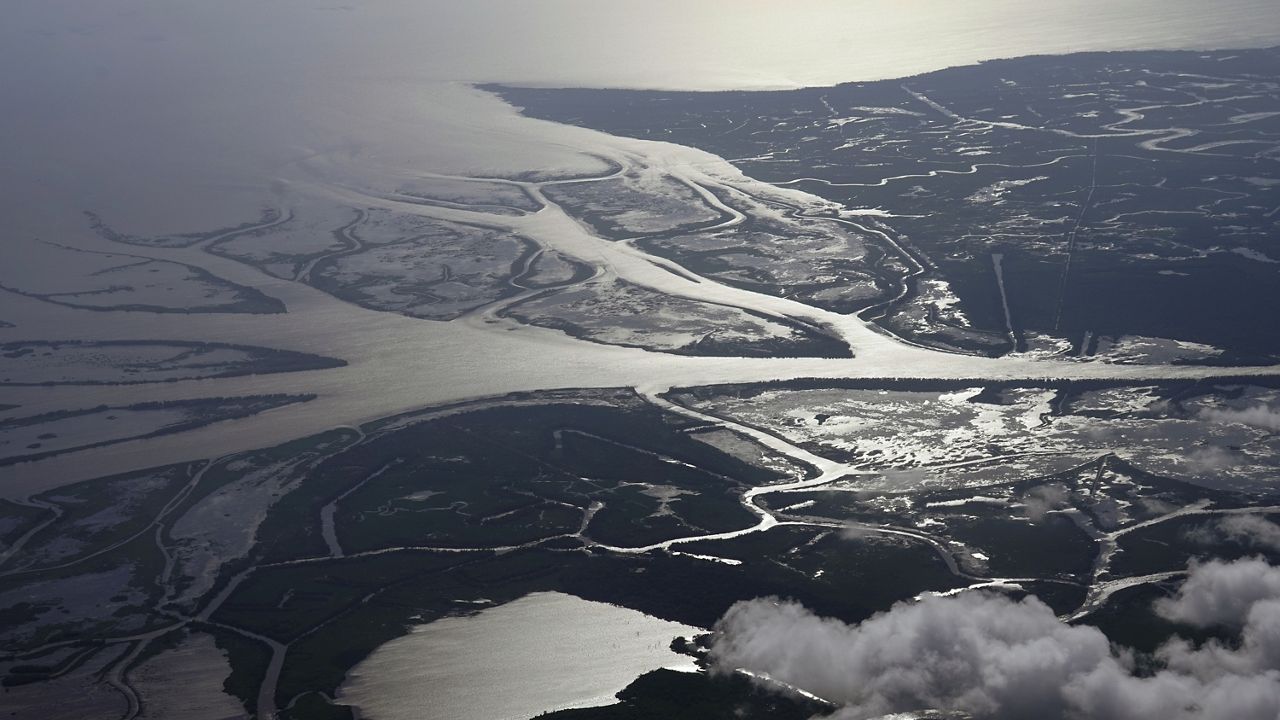If you look up in the sky during a sunny day, you might see long, skinny looking clouds coming from behind planes.
Those are contrails, short for ‘condensation trails.’ Airplane engines produce them when flying in clear, cold and humid air.
Whether contrails form and how long they last depends on a variety of factors. It includes a plane’s altitude and the surrounding environment, like temperature and humidity.
Contrails consist mostly of water vapor, which turn into ice particles. They have a cirrus cloud-like appearance miles above the earth’s surface.
Jet exhaust produces water vapor along with oxides of carbon, oxides of sulfur, and oxides of nitrogen (soot). The water vapor then condenses and freezes around the soot particles, creating a contrail.
Sometimes contrails are short-lived and evaporate quickly behind a plane, or there are none. That is a sign that a plane’s surrounding atmosphere has low humidity.

Other times, a contrail will linger in the sky for minutes or even hours, growing in the sky. This is a sign that the humidity is high. Ice particles take up water from the surrounding atmosphere when it’s humid enough, and then expand.

Contrary to the belief that planes release ‘chemtrails’ containing harmful chemicals, contrails do not harm people.
Since contrails are mostly water vapor and made from particles already in the atmosphere, it acts like a type of cirrus cloud. Aside from water vapor, jet engine exhaust also produces a small portion of contrails, similar to a car’s exhaust.
The contrail itself never actually makes it to the ground. The ice particles slowly fall and eventually evaporate when atmospheric conditions become dry enough.
According to NASA scientist Richard Moore, “contrail formation from jet exhaust has a larger, more immediate impact on climate than carbon dioxide emissions.”
A NASA study found that cleaner-burning jet fuels from sustainable sources can reduce contrails. If contrails linger for hours, they can affect how Earth heats and cools.
When contrails expand in the upper atmosphere, they reflect sunlight similar to the behavior of cirrus clouds. The particles also interact with thermal infrared radiation, or heating from the ground, and trap it in the atmosphere.
That means that contrails can produce localized increases in temperatures, making the net effect a warming one.
Our team of meteorologists dive deep into the science of weather and break down timely weather data and information. To view more weather and climate stories, check out our weather blogs section.
Reid Lybarger - Digital Weather Producer
Reid Lybarger is a Digital Weather Producer for Spectrum News. He graduated from Florida State University in 2015 with a Bachelor's of Science in Meteorology. He began his career in local TV news working across Mississippi, Louisiana and Florida for 7 years prior to joining Spectrum in 2022. He's excited for the opportunity to continue to inform the public about the latest weather news with Spectrum.









